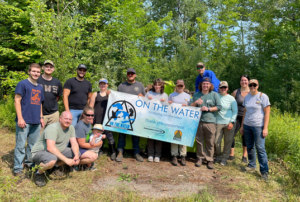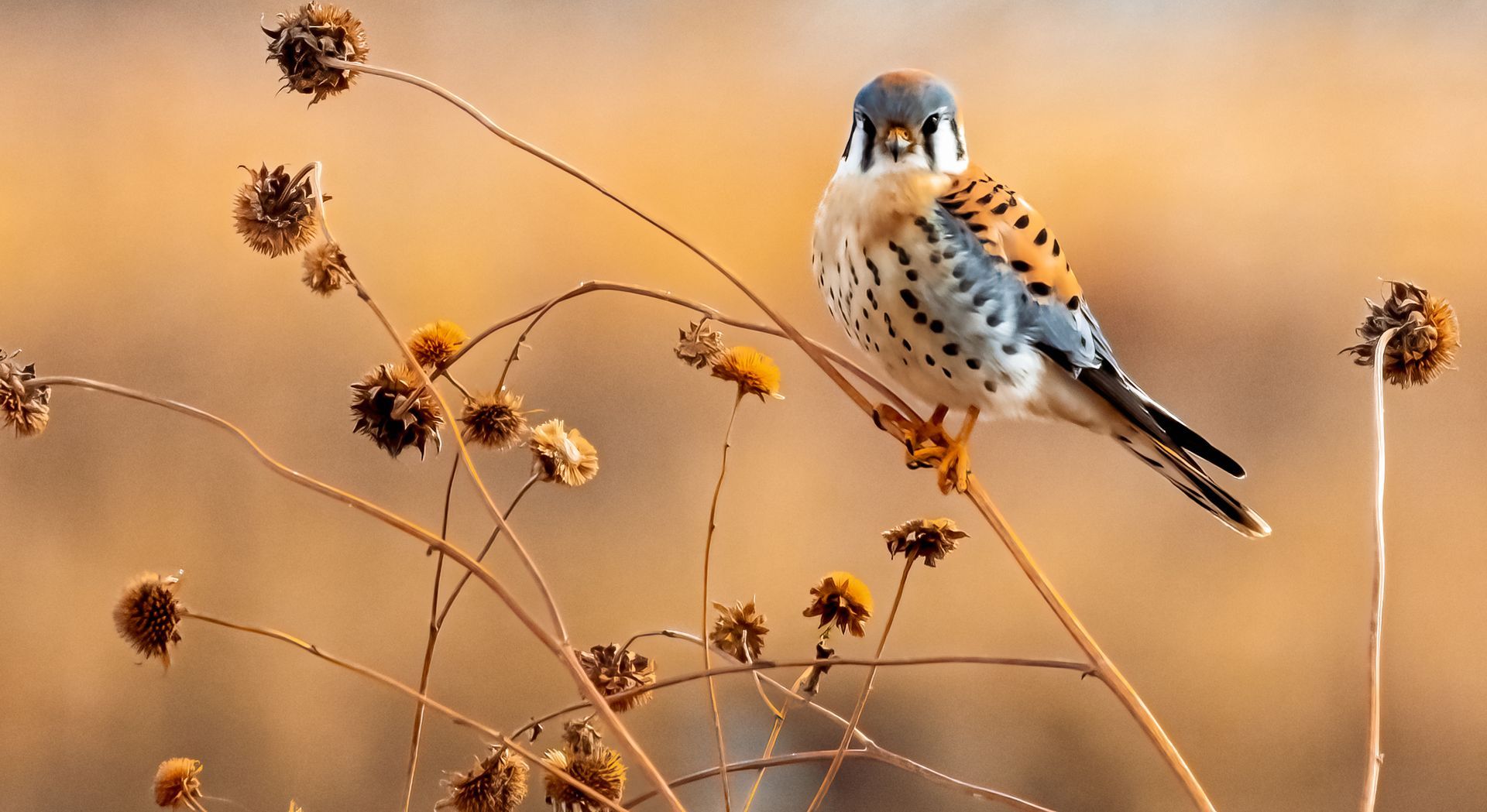Clean-up Event on Sugar Island
A habitat clean-up event on Sugar Island netted more than 4,000 pounds of trash from two dumpsites on July 17.
The event, sponsored by Michigan United Conservation Clubs (MUCC) On the Water (OTW) program in partnership with the Bay Mills Indian Community, required a ferry ride across the St. Mary’s River near Sault Ste. Marie to get to the Upper Peninsula island.
OTW works to improve the health of watersheds across Michigan and provide memorable stewardship experiences to volunteers. OTW has engaged more than 700 volunteers, cleaned up 1,872 acres of rivers, lakes, streams and riparian areas, and removed over 13,000 pounds of trash and 1,510 pounds of invasive species.
 A group of 11 dedicated volunteers met at Rotary Park and boarded the Sugar Islander II Ferry. Volunteers were able to fill a 20-yard dumpster with several large items, including a rusted snowblower, a motorbike and parts from an old Ford truck.
A group of 11 dedicated volunteers met at Rotary Park and boarded the Sugar Islander II Ferry. Volunteers were able to fill a 20-yard dumpster with several large items, including a rusted snowblower, a motorbike and parts from an old Ford truck.
Sugar Island is east of Sault Ste. Marie and spans almost 50 square miles. Ferries to the island are operated by the Eastern Upper Peninsula Travel Authority, which also runs vehicle and passenger ferries to Neebish and Drummond Island.
MUCC invests time and energy into fostering habitat stewardship partnerships with many groups throughout the state, said Joe Dewan, the Huron Pines AmeriCorps member serving with MUCC.
“Since the OTW program’s founding in 2019, partnerships have been formed with the Michigan Department of Natural Resources, county parks, conservation districts, dunes preserves, tribal communities and local governments,” Dewan said. “All of these partnerships help further the reach of OTW and connect individuals with hands-on stewardship events in their community.”
This event would not have been possible without the help and support of the Bay Mills Indian Community staff and seasonal workers. This is the second event MUCC has hosted in partnership with the Bay Mills Indian Community, Last year’s clean-up event in Brimley was the first.
To learn more about MUCC’s field programs, including the award-winning On The Ground program and their upcoming fall schedule of volunteer events, follow this link .
Our final trash clean-up event for the 2021 field season will take place at Yates Park in Rochester on Saturday, August 7.
The post Clean-up Event on Sugar Island appeared first on Michigan United Conservation Clubs.



